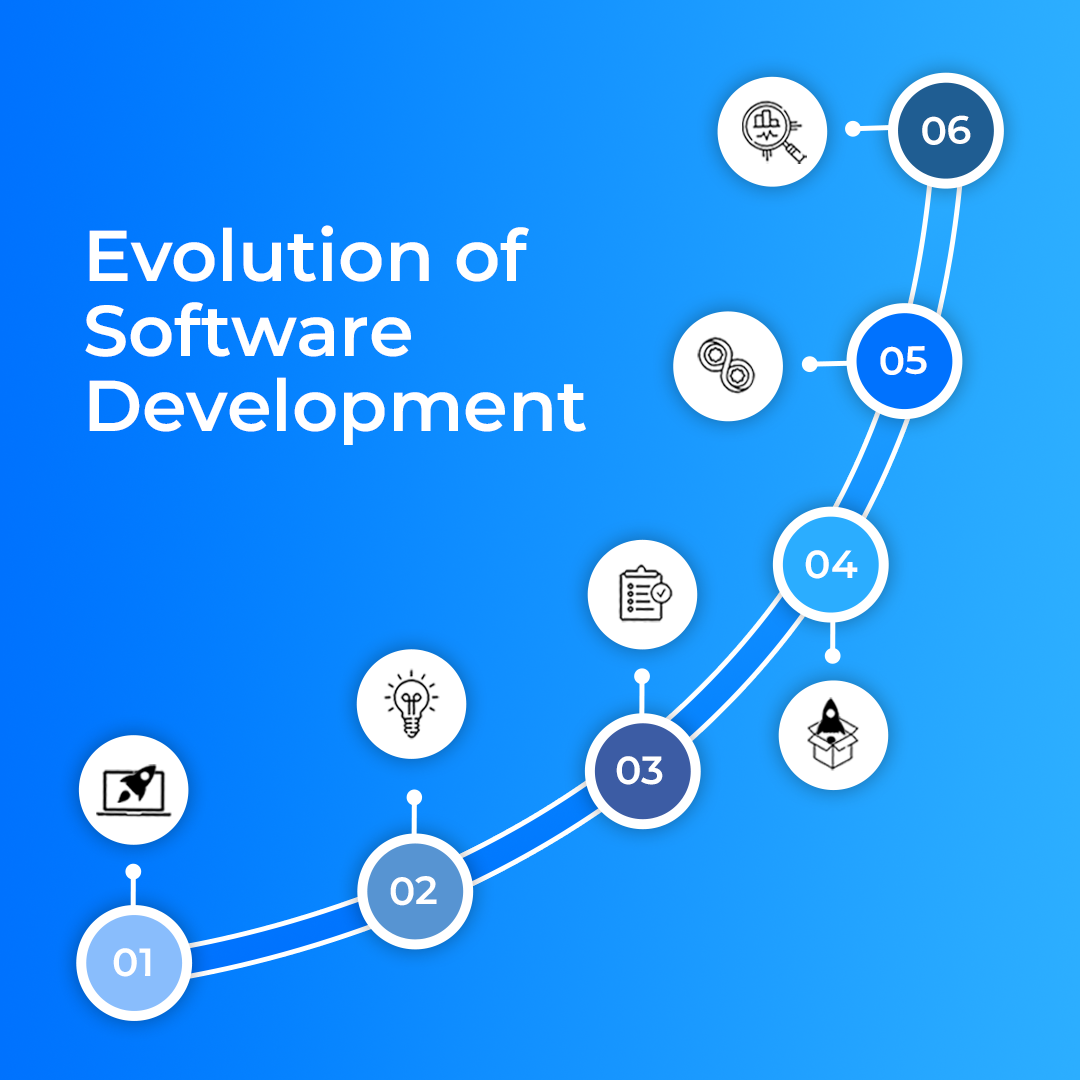In the last couple of months, we’ve been hearing from more and more people from emails, calls, even the occasional social media messages, asking the same thing: how to “withdraw funds” from something called Mifort Solutions. Just to clear up any confusion, that’s not us. Our one and only official site is mifort.com, not mifortsolution.com or mifortsolutions.com, or any of the other look-alikes floating around out there.
Scammers are creating fake websites using our name, logo, and domains that look similar to ours. More recently, they have even begun to seek out and take the names of our real account managers in an effort to mislead victims into believing they are speaking with an actual Mifort representative.
If you spot a website, email, or social media account claiming to be us and especially if it’s asking for cryptocurrency payments or so-called “withdrawal fees,” treat it as a red flag. It’s a scam. No ifs, ands, or buts. The only place you’ll ever find real, current information about us is on our official website: mifort.com
How the scam works
Mifort has earned its reputation as a trusted name by putting exceptional user experience at the heart of everything we do. Sadly, the trust we’ve built has also made us a tempting target. Some fraudsters are more than willing to hijack our name, wrap it in fake branding, and lean on manipulative tricks to make themselves look believable.
Let’s break down exactly what they’ve been up to.
Copycat websites
Some scammers take things to another level, creating near carbon copies of our official website. The difference might be as small as one extra letter or a slightly tweaked name, mifortsolutions.com or mifortsolution.com, for example. And they don’t just stop at swapping the name. They lift our layout, copy the text word for word, steal our logo, and even replicate the site’s features, all so the fake version can pass for the real thing at a quick glance.
Fake cryptocurrency exchange
Once they’ve got the look down, they move to the next step, which is luring people into making accounts, handing over login credentials, and sharing personal details. As soon as any money hits these bogus platforms, the rules change. Suddenly, withdrawals are “on hold” until you pay a mysterious fee or make a so-called “verification deposit.” Needless to say, the withdrawal never comes through.
Impersonation to build trust
In recent months, they’ve started pushing the scheme even further. We’ve seen them use the names of actual Mifort account managers in emails, chat messages, and even on the phone. They’ll claim to be helping you manage your account or pitch a “special investment opportunity,” hoping to sound convincing enough to earn your trust.
Pressure and urgency
Fraudsters rely on emotional manipulation to persuade people into making decisions that go against their own best interests. Victims are often told they must act immediately, for instance, pay a fee today, confirm their identity now, or otherwise they will risk losing their funds.
Important: Mifort does not manage cryptocurrency withdrawals, request payment for releasing funds, or operate any exchange platform under its name.
The new level of scam – Identity theft
Scammers aren’t just copying our logo anymore. They’re stealing real Mifort employees’ names and posing as account managers in email, messengers, and phone calls. These scammers often pull details from LinkedIn, copy real personal profiles, and then contact people from convincing look-alike email addresses or untraceable phone numbers. They claim they’re helping with deposits, withdrawals, or so-called “verification fees,” but their true aim is to steal your money or information.
Watch for these warning signs:
- The message talks about cryptocurrency withdrawals or “recovering” funds from Mifort Solutions. That’s an immediate giveaway, as we don’t run any kind of exchange.
- The sender’s name might look correct at first glance, but the email address or domain doesn’t match. You might see an extra letter, the wrong domain ending, or a throwaway Gmail/Outlook account.
- They’ll try to rush you, saying things like “act today” or “do this now” to stir up a sense of panic. And you’ll notice they avoid using any of our official communication channels.
If you observe this behavior, please stop and verify through our official website only. Do not pay, do not share credentials, and do not install anything they send.
What Mifort is doing to fight it
We treat scams like this with absolute seriousness — zero tolerance, no exceptions:
Shutting down fake domains
Our team is always on the lookout for copycat sites. The moment we spot one, we move fast: contacting the hosting provider, sending over legal notices, and backing them up with solid technical evidence so the takedown doesn’t drag on.
Supplying evidence to stop operations
Every fake page, shady email, or suspicious chat log we find gets carefully documented. That evidence goes straight to hosting companies, domain registrars, and, whenever possible, the proper authorities.
Supporting victims directly
If someone gets in touch with us after falling victim to, or simply encountering, one of these schemes, we take the time to walk them through exactly what’s going on. We confirm that Mifort isn’t involved in any way, and we offer clear, practical steps they can take to protect themselves going forward.
Golden rules to protect yourself from scammers
The best way to protect yourself from scams is with two things: awareness and a healthy dose of skepticism. So, before you engage with anyone who says they work for Mifort, pause for a moment and run through a few quick checks.
1. Check the domain name carefully
Our only official website is mifort.com, nothing else. If you notice an address with extra letters, added words, or slightly altered spelling, you can be certain it’s not us.
2. Confirm communication channels
We will never reach out to you from a free email account such as Gmail or Yahoo. Official correspondence comes only from @mifort.org or @mifort.com domain.
3. Verify the person you’re speaking to
If someone says they work for Mifort, get their full name and job title. Then take a minute to double-check by contacting us directly through our official site, mifort.com.
4. Beware of crypto withdrawal promises
We don’t run cryptocurrency exchanges, and we will never, under any circumstances, ask you to send deposits, hand over wallet keys, or pay so-called “unlock” fees to get your funds released.
5. Always keep your personal information locked down. That means protecting things like:
- Usernames and passwords (even if they’ve recently been changed)
- Social Security or other government-issued ID numbers
- Bank account numbers
- PINs (Personal Identification Numbers)
- Credit card numbers
- Your date of birth
- Any other private details you wouldn’t share with strangers
Only give your email or phone number to websites you know and trust, and never post them out in the open because scammers often trawl forums, comment sections, and social media looking for easy targets.
6. Look for urgency or pressure tactics
Urgency is a scammer’s best friend. If someone pressures you to act “right now” or threatens that you’ll lose money if you don’t, take a breath, double-check, and keep control of the situation.
7. Contact us directly if in doubt
When in doubt, head to mifort.com and use our official contact form to confirm what you’ve been told.
Our commitment to your safety
At Mifort, protecting our clients, partners, and reputation is a top priority. We remain vigilant, constantly monitoring for fraudulent activity and taking swift action to shut down scammers who misuse our name.
If you’ve found this warning useful, please share it with your colleagues, friends, and communities. The more people are informed, the fewer victims these scammers can claim. Together, we can make their schemes unprofitable, ensure they face legal consequences, and protect the trust we’ve worked so hard to build.




